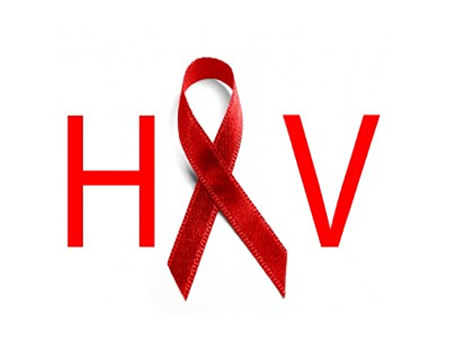PEPFAR Nigeria’s Country Coordinator, Funmi Adesanya, has said that the problem with ending HIV in Nigeria is not HIV itself but stopping the stigmatisation and discrimination of persons living with HIV.
Adesanya, who spoke at HIV media training by Journalists Against AIDS (JAAIDS) Nigeria and LivingHealth International with support from PEPFAR Nigeria, stated that stigma remains one of the most significant barriers to ending the HIV epidemic in Nigeria.
Speaking through PEPFAR’s communications and Small Grants Assistant, Nnenna Onyemaobi, she declared that the power of the media is also essential to combat stigma and discrimination against people living with HIV while ensuring public perception, advancing policy, and driving social transformation.
According to her, “if we as people fight discrimination and stigmatisation of people or persons living with HIV, HIV will have long gone the same way COVID-19 did.
“So the problem with HIV in Nigeria is not HIV itself; it’s stigmatisation and discrimination against people living with HIV. Stigma remains one of the most significant barriers to ending the HIV epidemic in Nigeria. It prevents individuals from seeking testing, treatment, and support. It spreads fear and disinformation.
“So, ending HIV in Nigeria is not a medical challenge, and it has nothing to do with medicine. It is social, and it is a moral one, and all of us should come together to fight and also contribute. By working together, we create a future where HIV is not seen as an alien, and HIV status should not be defined. We can live free, and we can stand as one, and we can live united.”
Dr Murphy Akpu, an advisor on science systems and services at UNAIDS in Nigeria, said in his presentation entitled “2023 UNAIDS Global AIDS Update: The Path that Ends AIDS that progress has been achieved in HIV programming globally, with 29.8 million of the 39 million people living with HIV globally now receiving life-saving treatment.
According to him, “about 16 million people living with HIV have added yearly to life-saving treatment since 2020–2022. If this pace of reaching PLHIV with antiretroviral therapy continues, the world will reach its global target by 2025.”
Dr Akpu declared that there has been a 49 percent reduction in new HIV infections globally, with almost 21 million people who could have died of HIV saved since 2010.
He, however, declared that some general populations, like adolescent girls and young women, mothers, and children, as well as key populations like men having sex with men and sex workers, are still left behind with regards to HIV treatment and viral suppression.
“With the way the services have expanded in the last couple of years, you would think that by now everybody would be found, but the truth is that there are barriers in the health system that prevent people from accessing services, and because of that, we still have many populations being left behind.
“PMCTC is still a big challenge. The reality in west and central Africa is that a lot of women are even HIV positive before pregnancy but don’t catch them to even give them ARV and to prevent their children.”
In an opening speech, Olayide Akanni of JAAIDS Nigeria said the rationale for the training was because the patterns and trends in the HIV epidemic in Nigeria have changed, as has the significant dip in the engagement of the media in the national HIV response.
According to her, the training was to provide journalists with updates on the HIV response in Nigeria, groom a community of media responders for the HIV programme, and discuss opportunities for utilising effective communication to address the challenges faced.
Read Also: 5 benefits of setting healthy boundaries
